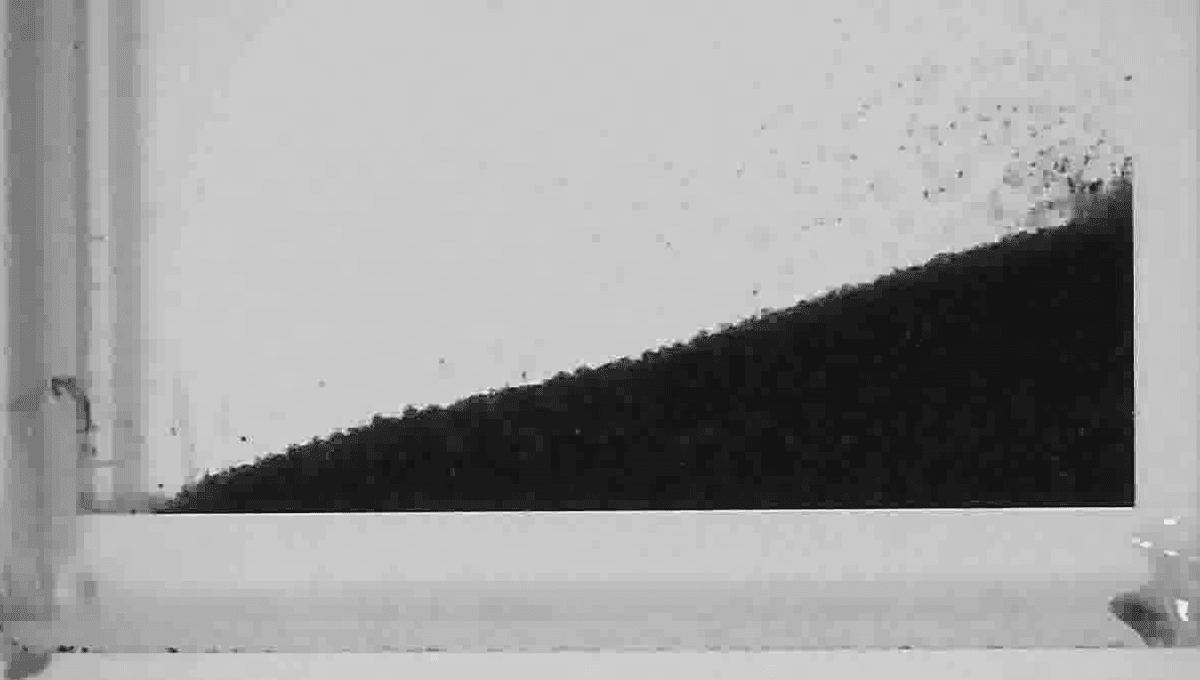Prepare to be amazed by a serendipitous discovery! Dr Samuel Wilson-Whitford stumbled upon something extraordinary while experimenting with a magnet and polymer particles coated in iron oxide. When the magnet was introduced, these particles defied gravity and started moving uphill, contrary to what one would expect from a sand-like substance.
Co-author Professor James Gilchrist from Lehigh University explained, “Using equations that describe the flow of granular materials, we were able to confirm that these particles were indeed behaving like a granular material, except they were flowing uphill.”

To explain this mind-boggling phenomenon, the research team had to make some unique adjustments to the granular flow equations. They found that the angle of repose, which is the steepest angle of descent a material can have without slumping, had to be negative. Additionally, the friction coefficient also had to be negative.
“Up until now, these terms didn’t even exist,” Gilchrist added. “But in order to understand how these grains are defying gravity, we calculated the stresses that cause them to move in that direction. This led us to introduce a negative angle of repose and a negative coefficient of friction. These adjustments were never considered in the original granular flow equations, but they resulted in an apparent negative coefficient of friction.”
The culprit behind this counterintuitive movement is the magnetic field. It exerts a torque on the particles, causing them to rotate, and it also creates cohesion, allowing the particles to stick together momentarily. A stronger magnetic field enhances the cohesion, giving the particles more traction to climb uphill even faster. This is how they managed to ascend tiny staircases!
“This initial paper focuses solely on the uphill flow of the material, but our upcoming papers will explore applications. One of the questions we aim to answer is whether these microrollers can overcome obstacles, and the answer is a resounding yes,” Gilchrist revealed.
“We’re delving deep into the study of these particles,” he continued. “We’re experimenting with different rotation rates and varying amounts of magnetic force to gain a better understanding of their collective motion. In fact, I already have the titles for the next 14 papers we’re going to publish!”
This groundbreaking research has been published in the esteemed journal Nature Communications.







